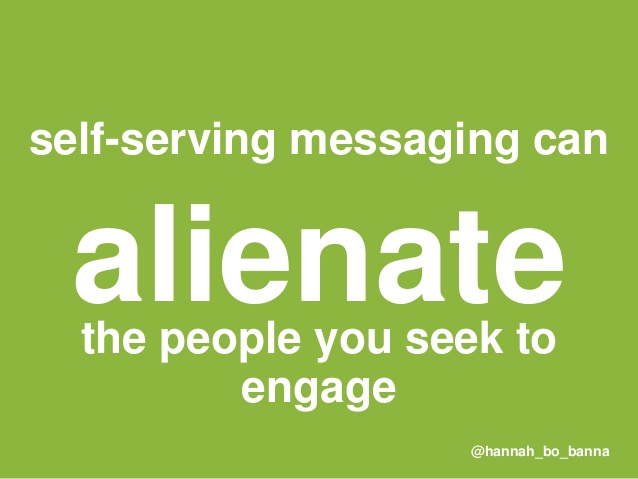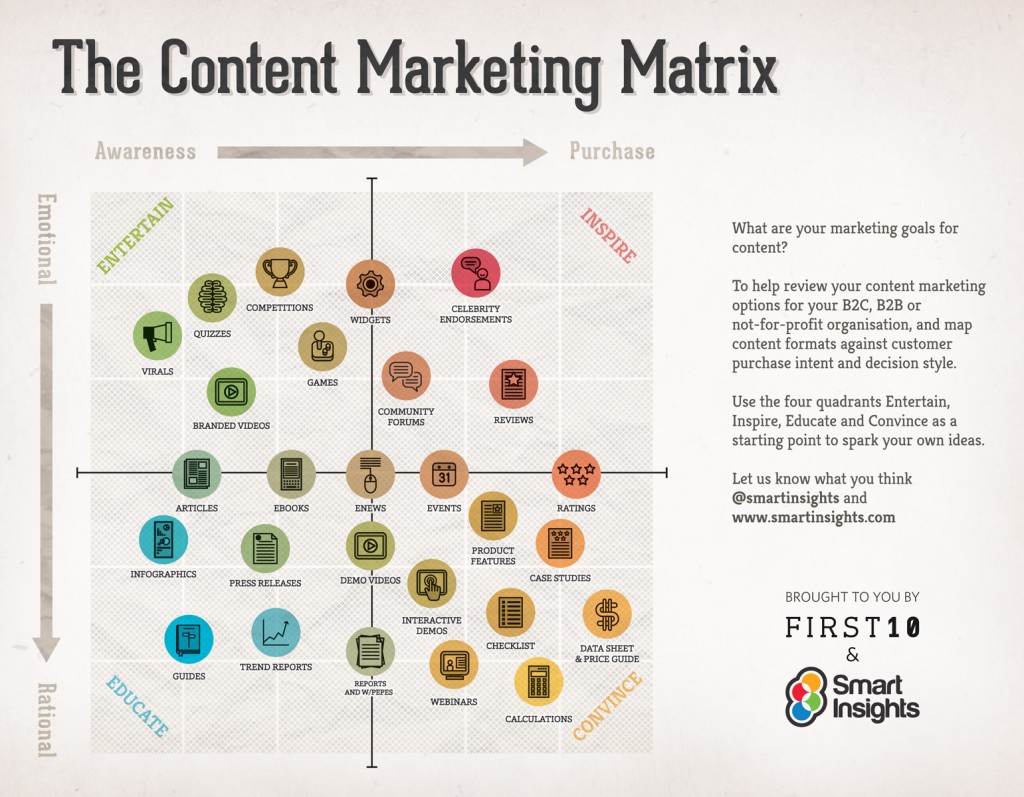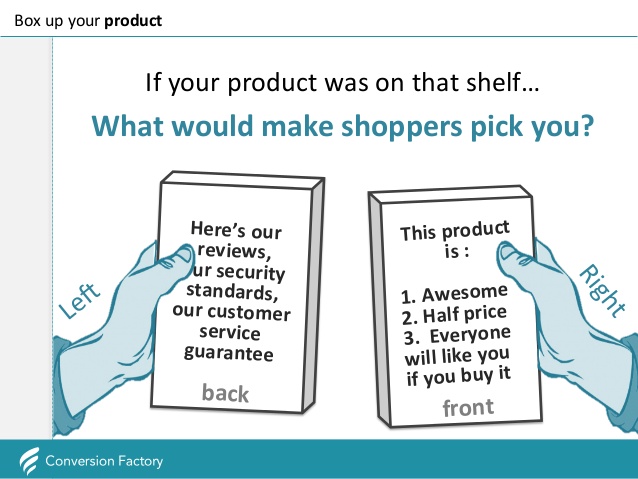Top picks from the Content Marketing Show
Notice: Undefined variable: post_id in /home/foundco/public_html/wp-content/themes/pivot-child/inc/content-post-single-sidebar.php on line 48
The November 2013 Content Marketing Show brought together some of the UK’s greatest content creators and marketing minds together for one day. With copious amounts of caffeine, ‘sweets for tweets’ and even a free beer or glass or wine on offer, this was a must-go event for anyone interested in content creation and marketing.
Several members from the Found team had the opportunity to attend, here are some of our favourite talks, takeaways, quotes and recommended tools and reads from the event:
Noteworthy talks:
Throwing Shit Against the Wall & Analysing What Sticks…
This was one of the most memorable talks for me and was given by Hannah Smith. This no nonsense approach to content marketing was quite refreshing to hear. The presentation was fast paced, entertaining and informative.
Hannah’s approach to content was to look at it from the consumer’s point of view. She advised us to try not to alienate potential customers with hard-line marketing messages, or as she put it: “Self-serving messaging can alienate the people you seek to engage.”
Tom Brand, an SEO intern at Found had his own takeaways from Hannah’s talk.
Tom:
Content should be goal driven. Using The Content Marketing Matrix created by Smart Insights, Hannah discussed how it is necessary to set out specific goals for content, outlining the best media to use to achieve these goals. This piece of advice as a pretty good starting point to work from when forming a content strategy. Using the wrong channels to try and achieve your goal can end up wasting time and money.
As Hannah put it, “advertising isn’t shared unless it also entertains / educates” and “content to ‘persuade’ isn’t shared unless it also entertains / educates.” The solution put forth by Hannah was to create marketing people will love – this is likely easier said than done. However, she offered up one strong piece of advice: your content doesn’t have to be *just* about what you sell”.
What came next was the dreaded (due to their unachievable nature) Red Bull content examples…However, Hannah wasn’t telling the audience to invest in a jump from the stratosphere, instead she was highlighting the way Red Bull don’t focus their content on the energy drink it produces, rather on extreme sports – the kind of stuff their target audience loves and will share.
This is a great tip in my opinion. I’ve often found myself getting bogged down in brand when creating content ideas. Thinking outside the box can really help to create content that doesn’t seem like a product advertisement.
Inbound Marketing – The Art of Not Sucking
Kieran Flanagan also provided us with a great presentation. Thoughtfully pacing up and down the stage in a style not to dissimilar from the late Steve Jobs, he said that if you spend 10 hours developing a piece of content you should spend at least 10 hours promoting it. I think in an ideal world, many people would agree with this statement. In reality, it’s often very hard to put in that amount of time, especially for a single piece of content.
Kieran also focused on understanding your audience, aiming for “remarkable” and promoting a value as the core objectives to suck less at marketing. He said that: “Being remarkable is something you strive for, a mind-set, not just marketing fluff.”
The way to succeed is to understand your audience and constantly think about why it’s valuable for your buyers – “Create content that adds value, solves a pain point, or just entertains.”
Amplify or Die!
This talk by Kester Ford was favourite of Content & Marketing Executive Emily White who was interested to hear about the steps we should be taking after content has been created.
Emily:
This talk stood out for me because I often hear a lot on the importance of content production and spend little time focusing on distribution. The topic seemed perfect for Kester who works at Cision, a company that specialises in public relations software and other media tools. Despite this connection the talk was more educational than promotional.
Kester touched upon the three different types of media: paid, earned and owned. He spoke about the changing times with all these media types merging and competing with each other. Content distribution is as important as ever and there are many ways we can accomplish this. From having the right people reading our content and to establishing relationships with influencers – journalists, bloggers and brands.
Then there was the talk about paid distribution. This form of native advertising is a bit new to the scene and sometimes carries with it a bad connotation. However, Kester pointed out that it is a really effective way to get your content out and seen as it serves relevant content to users on a site and it fits in with the overall look of the web page. These factors make it a good experience for the user which is what you strive for.
Simplifying Personas by Gemma McNaught
This talk was a highlight for SEO Intern Helen Sherlock who was impressed with Gemma’s tackling of a tough concept.
Helen:
Gemma talked about personas and why they are problematic. This is due to the fact that they are based largely on guesswork and can create confusion for those attempting to use them as part of their marketing strategy. She suggested a process that takes in only two personas – our two supposed brain half qualities – analytic and methodical on the left side, emotional and impulsive on the right.
From this, a checklist of key information that can fulfil both left and right brain qualities: Full Content, Usability for the analytical left and Imagery, Price and Direct Content for the right. Of course the next question was how to put this to use for which Gemma advised boxing up our product.
Once you understand these different personas, you must test what is working using tools. SurveyMonkey, crazyegg and UserTesting let you understand what information your visitors are tracking once they’ve landed on your site, and tools like eyequant and Five Second Test enable you to see what your visitors eyes fall on when they land on your page.
Top takeaways and quotes
Me: “A squirrel dying in front of your house may be more relevant to your interest right now than people dying in Africa” – Mark Zuckerberg, Facebook. This was said in the context that our technology protects us from unwanted content. – Throwing Shit Against the Wall & Analysing What Sticks… by Hannah Smith
Tom: If the software being used by your team is not working, burn it and buy a whiteboard. Due to incompatibility of all the software when producing and publishing content, Jon Norris’ office went from using multiple software programs to using a whiteboard with sticky notes, saving his team valuable time and money. – A 1950′s Approach to Content Strategy by Jon Norris
Emily: Embrace long form content but use it as part of a wider content strategy. when written and produced well, long form content reflects expertise, creates a bond, supports clients in the sales, it’s shareable and search-friendly. – Don’t Forget About Long Form Content by Sarah Howard
Helen: Focus on offline experiences. In the race to create online content, it can be all too easy to forget that it is offline experiences are more memorable, and are often the driving forces behind this online content. – Offline Experiences That Lead To Digital Results by Tony Samios.
Recommended reads
The Filter Bubble: What The Internet Is Hiding From You – Eli Pariser
Made to Stick: Why Some Ideas Survive and Others Die – Dan Heath, Chip Heath
Content Strategy for the Web (Voices That Matter) – Kristina Halvorson, Melissa Rach
Card Sorting, Designing Usable Categories – Donna Spencer
Tested Advertising Methods – John Caples, Fred E. Hahn
Content Strategy at Work: Real-world Stories to Strengthen Every Interactive Project – Margot Bloomstein




